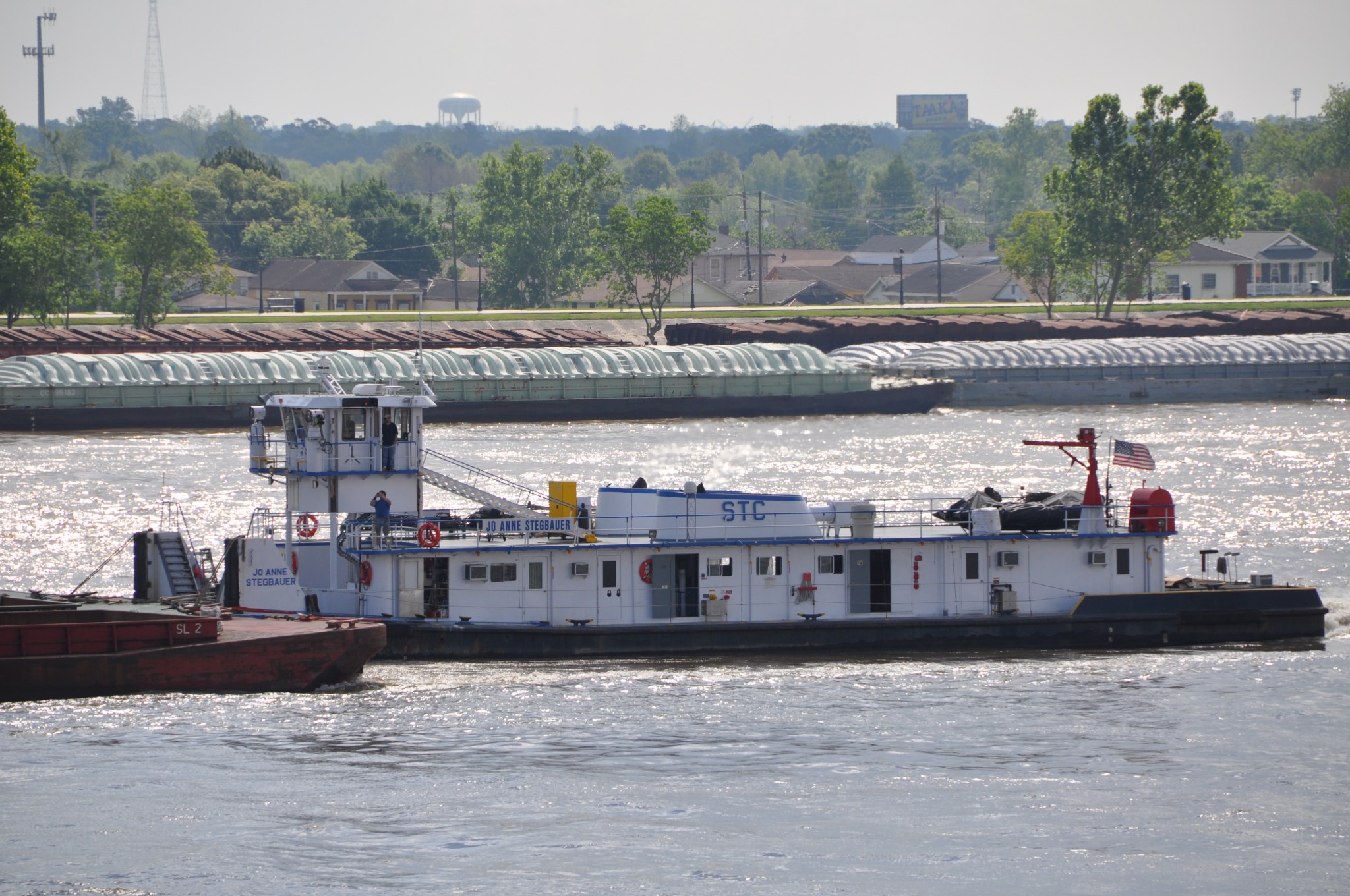WorkBoat reported in February that after 10-years, Subchapter M could actually become law sometime this summer, perhaps as early as the end of June. The Coast Guard’s 46 CFR Subchapter M establishes an inspection regime for towing vessels, widely known in the past as uninspected vessels.
Looks like the timeline is actually running ahead of that schedule, a first for the proposed rule. According to several sources, arguably the most important legislation in the history of the barge industry was signed by the commandant of the Coast Guard, Adm. Paul Zukunft, at the end of May and sent to the Office of the Federal Register, where it will be published on June 20. The new rule will take effect 30 days after its publication. The Federal Register has already posted it for public inspection.
At almost 800 pages in length, there is plenty to digest but nothing that should surprise anyone who has been following the process since its beginnings with the Coast Guard and Maritime Transportation Act of 2004. In the rule’s Executive Summary, the incidents that sparked this change from uninspected to inspected vessels are reviewed. “The legislative history, which pointed to the need for a ‘full safety inspection of towing vessels,’ references two towing vessel incidents involving a total of 19 deaths. In September 2001, a towing vessel struck a bridge at South Padre Island, TX. The bridge collapsed, and 5 people died when their cars or trucks went into the water. On May 26, 2002, a towing vessel struck the I–40 highway bridge over the Arkansas River at Webber Falls, OK. The bridge collapsed, and 14 people died when their cars or trucks went into the Arkansas River,” the summary says.
Owners and operators have been warned for years to prepare for this rule and not to wait for its publication before choosing which inspection option they wish to use. “To provide flexibility, vessel operators will have the choice of two inspection regimes. Under the Towing Safety Management System (TSMS) option, routine inspections of towing vessels will primarily be performed by third-party organizations (TPOs), including certain classification societies, and this rule creates a framework for oversight and audits of such TPOs by the Coast Guard. The TSMS will provide those operators with the flexibility to tailor their safety management system to their own needs, while still ensuring an overall level of safety acceptable to the Coast Guard. Alternatively, under the Coast Guard 8 inspection option, routine inspections would be conducted by the Coast Guard, providing an option for those operators who choose not to develop and implement their own TSMS,” the rule says.
Hank Kocevar, Alidade MER Inc., told those in attendance at the WorkBoat Maintenance & Repair Conference & Expo that carrying Subchapter M documentation would eventually become second nature to U.S. mariners. “Make sure you’ve got the things they’re going to be looking for ready to go.” Just like you have your license, registration and proof of insurance with you when you drive a car.
The American Waterways Operators will be conducting two webinars to help industry operators understand and adapt to the forthcoming changes, the “most important rulemaking ever to affect our industry,” according to AWO. The first webinar will be on June 20 at 2 p.m. and the second one will be the next day, June 21, at 10:30 a.m. Registration information will be announced by AWO some time this week. Said registration will not be confined to AWO members.





